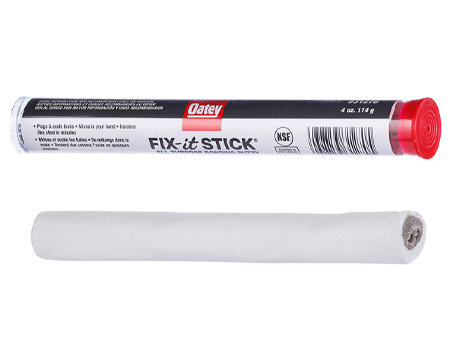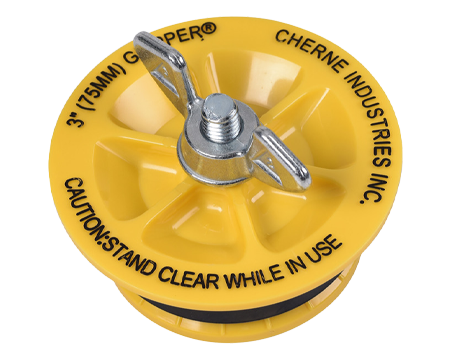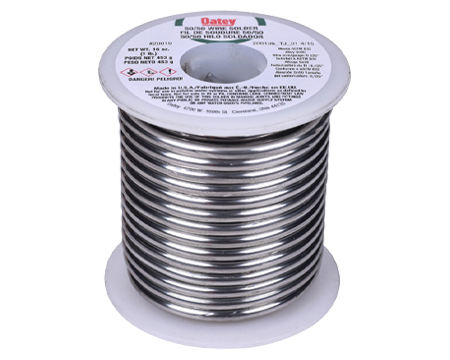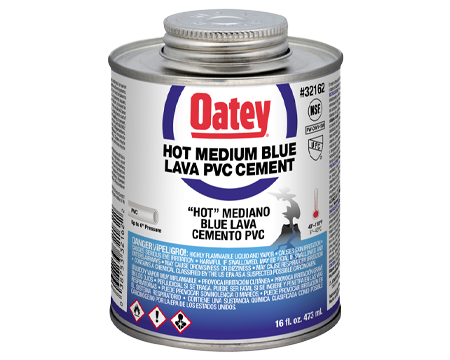Leaky pipes can cause a lot of damage to your home and result in costly repairs. They can also create the perfect environment for mold and mildew growth, making it essential to act quickly. If you are dealing with a situation like this, don’t panic! There are steps you can take to repair a leaky pipe before needing help from a professional plumber.
In this blog post, we will discuss everything you need to know about adequately assessing and fixing minor pipe leaks so you can get back on track with no further damage done.
Identifying a leaky pipe and its symptoms
A leaky pipe can cause major damage if it goes unnoticed for too long. You may notice water stains or spots on the ceiling or walls. These telltale signs indicate a water pipe or leaking drainpipe. Additionally, moisture around the base of the floor could be a sign of a leaking toilet seal or a leaking water pipe in the wall.
Additionally, you may hear water running, especially if there is a significant leak. This could be particularly noticeable if you are in the basement or on a different floor and can hear the water running despite no one using any water fixtures. This could lead to a sudden increase in your water bill. Another important indicator is smell. If you detect a strong sewage odor, it may suggest a leak in the drainage system.
If you suspect you might have a leaky pipe, it’s essential to act quickly to prevent further damage to your home. One of the best ways to identify a leaky pipe before it causes severe damage is to check your plumbing system regularly. Inspect all exposed pipes for signs of wear or corrosion and look for any leaks or drips under sinks or around appliances. If you notice any problems, you must call a plumber immediately to address them before they become significant.
Prep for a temporary repair
When repairing a leaky pipe, temporary solutions can provide a short-term fix until the issue is fully addressed correctly.
For example, repairing couplings can effectively temporarily stop leaks, but it's important to remember that they should be independent of long-term solutions. Using them requires a degree of mechanical aptitude, but they can remain a permanent solution if properly installed.
Using putty or silicone tape can also temporarily fix small leaks in water pipes until the damaged section of the line can be repaired appropriately.
For copper pipes, soldering or pro pressing can be effective methods. For PEX or CPVC pipes, using the appropriate cement or crimping in a new section of pipe is recommended.
It is crucial to note that while these temporary repairs can be helpful in the short term, it is always advised to repair the pipe properly for long-lasting results. Cutting out and replacing the damaged section with the appropriate coupling or pipe material ensures the best longevity and prevents further issues.
Products recommended for repairing a leaky pipe
Having the right products on hand is essential to fix any leaks quickly before they can cause severe water damage. Below are six examples of these materials.
Epoxy putty: The Oatey® Fix-It Repair Stick All-Purpose Bonding Epoxy Putty is a multi-purpose sealing, patching, and mending compound ideal for various piping materials. The two-part epoxy stick can temporarily repair leaks, holes, or cracks in plastic, metals, fiberglass, concrete, or ceramics for versatile use. This video shows How to Use Oatey® Fix-It™ Epoxy Putty.

Gripper plugs: Cherne® End-Of-Pipe Gripper® is a versatile solution for sewer testing and long-term applications. Made to withstand the rigors of everyday use and maintain its effectiveness over time, this plug is designed to seal off the end of a pipe, making it ideal for various plumbing needs. The natural rubber O-ring offers excellent expansion and memory, providing a tight and secure seal.

Solders: Solder and flux are preferred for copper pipe repairs, offering a reliable and long-lasting solution. Both are the proper way to repair copper pipes and ensure a secure connection. Oatey’s line of lead-free solders is designed to provide leak-free connections.

Cements: There are specific products available for PVC and CPVC water pipes or PVC drain pipes. These solvent cements, also known as hot cements, contain more solvents that facilitate a faster chemical reaction. As a result, they cure quicker, making them ideal for repairs.
- Oatey Orange Lava CPVC Cut-In Cement is a single-step, fast-curing cement recommended for pressure, potable water cut-in, and repair applications. Designed particularly for cut-in applications with limited downtime, it sets the fastest, saving time compared to normal cement cure times. Because it quickly melts the pipe surface to weld the joint, primer is not required. It also applies easily with an included, in-lid dauber.

- Oatey® Hot Medium Blue Lava PVC Cement is swift-setting and, therefore, the preferred formula for emergency repair and cut-in work for potable water, sewer, and DWV (drain, waste, and vent applications. The formulation is very thick and aggressive so joints can be assembled underwater, however, it is not recommended to do so.

Pipe clamps: Oatey® Standard Pipe Clamps are designed for copper, PEX, or CPVC piping. These clamps are available in various sizes and allow the pipe to be flush-mounted to walls and joists. They feature a ribbed design that allows the pipe to cool faster and expand or contract freely.

Silicone tape: Once wrapped around a pipe, silicone tape undergoes an immediate chemical reaction. This causes the tape to bond to itself, harden, and form an airtight seal around the weakened joint. This type of tape is convenient because it doesn't require a messy adhesive or glue — silicone tape wraps to itself. On average, silicone tape will reach a complete bond in approximately 24 hours.

How to prevent a leaky pipe from occurring in the future
No one wants to come home to a flooded house due to a leaky pipe. It’s not only a costly nightmare but also inconvenient and time-consuming.
However, preventing a leaky pipe from happening is far from impossible.
- Regularly checking for signs of wear and tear, such as corrosion or cracks, is an excellent place to start.
- Scheduling routine maintenance with a licensed professional plumber can detect and fix any minor issues before they become significant problems.
- Ensuring pipes are insulated during the colder months can also prevent them from freezing and rupturing.
In short, with a little effort and foresight, preventing a leaky pipe is possible, and you can rest easy knowing your home is safe from water damage.
If you spot any issues, take action immediately. Contact a professional plumber who can assess the situation and offer solutions to fix the problem. Maintaining your pipes and addressing potential issues early on can save you time, money, and the hassle of dealing with a leaky pipe.